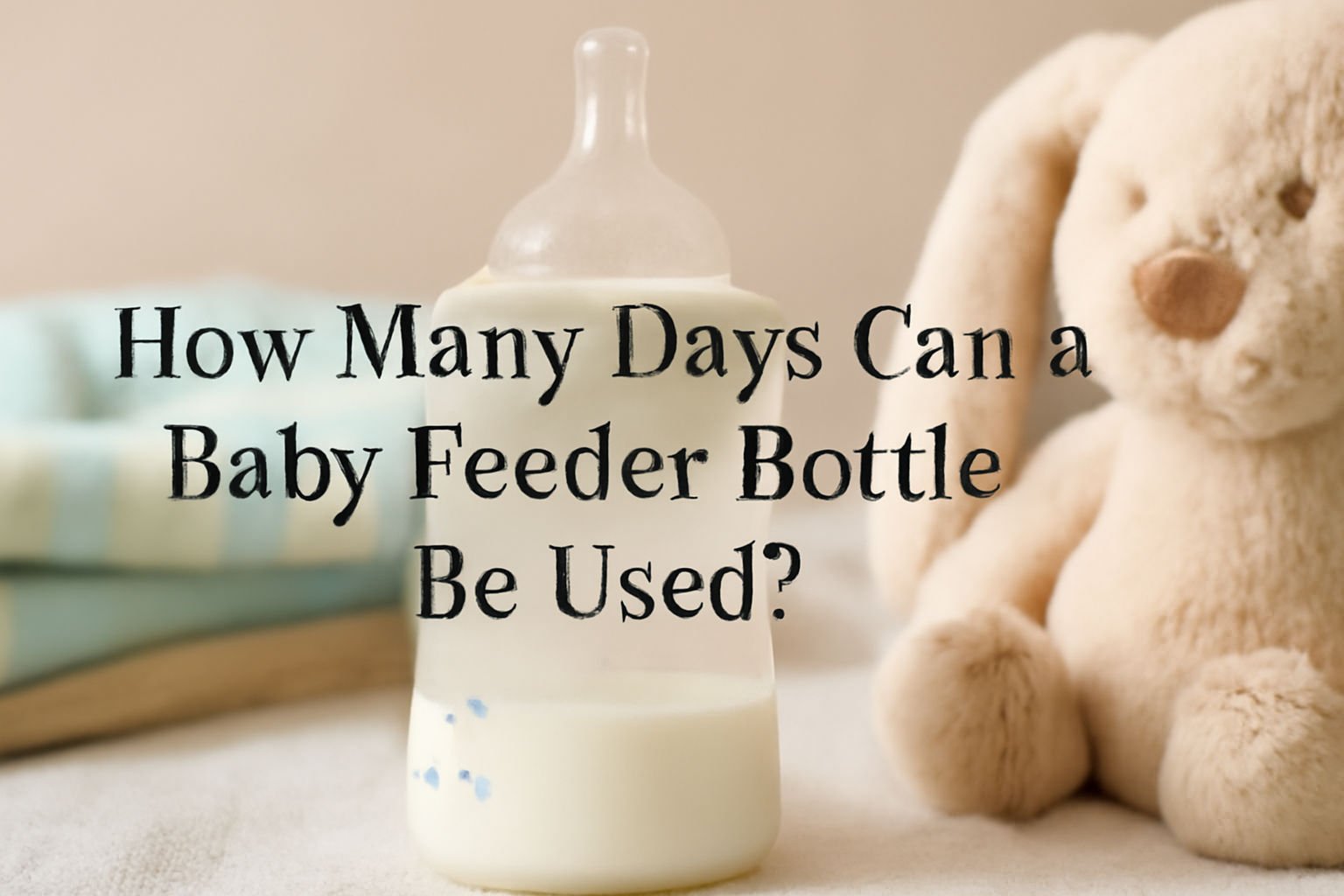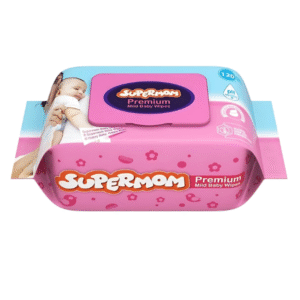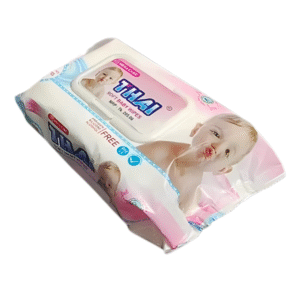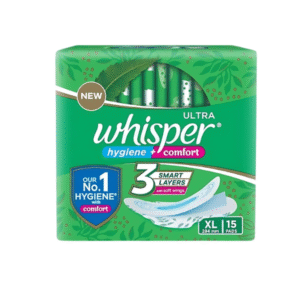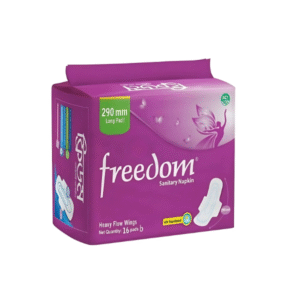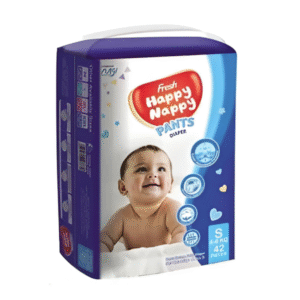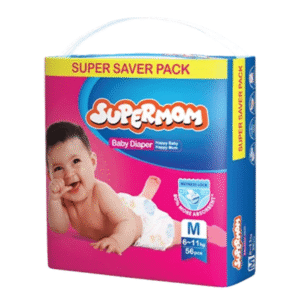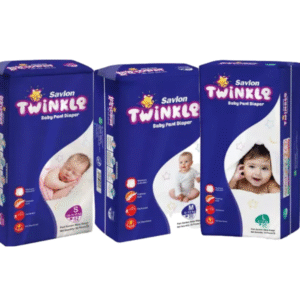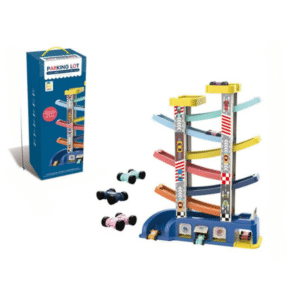Feeding your baby is one of the most important aspects of early childcare, and choosing the right baby feeder bottle plays a critical role in ensuring safety, nutrition, and comfort. However, many parents wonder: “How many days can a baby feeder bottle be used?”
At Baby World Bangladesh, we believe in providing high-quality, safe, and convenient feeding solutions for babies. This guide will help you understand the lifespan of a baby feeder bottle, proper care, cleaning tips, and signs it’s time to replace your baby’s bottle.
Understanding Baby Feeder Bottles
A baby feeder bottle is designed to deliver formula, expressed breast milk, or other liquids to your baby in a safe and controlled way. Modern feeder bottles come in various materials:
- Plastic bottles: Lightweight, shatterproof, often BPA-free.
- Glass bottles: Durable, chemical-free, and easy to sterilize.
- Silicone bottles: Flexible and safe, often used in combination with nipples or feeding accessories.
Each type of bottle has a different lifespan depending on usage, cleaning habits, and material quality.
Factors Affecting the Lifespan of a Baby Feeder Bottle
Several factors determine how long a baby feeder bottle can be safely used:
1. Material of the Bottle
- Plastic: Usually lasts 2–3 months with daily use, but repeated sterilization and wear may cause scratches or cloudiness.
- Glass: Can last up to a year or more if handled carefully, but is prone to breakage.
- Silicone: Flexible and durable, often lasting 6–12 months depending on wear.
2. Frequency of Use
Bottles used multiple times per day wear out faster than occasional-use bottles. Regular cleaning and sterilization also affect longevity.
3. Cleaning and Sterilization Practices
- Bottles that are sterilized properly after each use last longer.
- Avoid harsh chemicals or abrasive scrubbers that can damage the surface.
4. Signs of Wear and Tear
- Cracks, scratches, or cloudiness in plastic bottles.
- Discoloration or odors that cannot be removed by washing.
- Damaged nipples or slow/uneven flow.
How Many Days Can a Baby Feeder Bottle Be Used?
While there is no universal “expiration date” for baby bottles, the general recommendation is:
- Plastic Bottles: Replace every 1–3 months or sooner if signs of wear appear.
- Glass Bottles: Can last 6–12 months if properly handled.
- Silicone Bottles: Approximately 6–12 months, depending on use and cleaning.
Nipples and teats require more frequent replacement:
- Silicone nipples: Every 2–3 months or earlier if damaged.
- Latex nipples: Every 1–2 months as they degrade faster.
Proper monitoring ensures the safety and hygiene of your baby’s feeding equipment.
Tips to Extend the Lifespan of a Baby Feeder Bottle
1. Regular Cleaning and Sterilization
- Wash bottles immediately after use with warm, soapy water.
- Sterilize daily, especially in the first six months.
- Avoid leaving milk residue inside, as it can promote bacterial growth.
2. Avoid Harsh Cleaning Tools
- Use soft brushes specifically designed for baby bottles.
- Avoid abrasive scrubbers or scouring pads that scratch surfaces.
3. Check for Wear Regularly
- Inspect bottles and nipples before each use.
- Replace damaged parts immediately.
4. Proper Storage
- Store clean bottles in a dry, dust-free place.
- Avoid exposure to extreme temperatures that can weaken plastic or silicone.
Signs It’s Time to Replace a Baby Feeder Bottle
Knowing when to replace a bottle ensures baby safety and comfort. Replace bottles or nipples if you notice:
- Cracks, scratches, or cloudiness in the bottle.
- Persistent odor or discoloration even after cleaning.
- Damage to the nipple, including tears, thinning, or uneven flow.
- Leakage during feeding.
Regular replacement prevents bacterial growth, contamination, and feeding difficulties.
How Baby World Bangladesh Ensures Safe Feeding
At Baby World Bangladesh, our feeding products are designed with your baby’s safety and comfort in mind.
- High-quality materials: BPA-free plastic, food-grade glass, and silicone.
- Durability and reliability: Products crafted to withstand daily use while maintaining hygiene.
- Ease of cleaning: Bottles and nipples designed for simple washing and sterilization.
- Modern technology: Wearable pumps and accessories that integrate seamlessly with feeding bottles for convenience.
We aim to give parents peace of mind while ensuring their babies receive safe, nutritious feeding.
Additional Tips for Busy Parents
- Keep Spare Bottles: Rotate bottles to extend lifespan and reduce wear.
- Follow Manufacturer Guidelines: Each brand provides recommendations for cleaning and replacement.
- Combine with Nursing Accessories: Use accessories like bottle warmers, sterilizers, and pumps for convenience.
- Monitor Baby’s Feeding Behavior: Slow flow or nipple damage may indicate it’s time for replacement.
Final Thoughts
A baby feeder bottle is an essential tool for safe and convenient feeding. While the lifespan varies by material and use, general guidelines suggest:
- Plastic bottles: 1–3 months
- Glass bottles: 6–12 months
- Silicone bottles: 6–12 months
- Nipples: 1–3 months depending on material
Regular cleaning, proper storage, and careful monitoring ensure that bottles remain safe and hygienic for your baby.
At Baby World Bangladesh, we are committed to providing high-quality, durable, and safe feeding products that make daily nursing easier and more efficient. Choosing the right bottles and accessories helps you give your baby the best nutrition while maintaining peace of mind.For more guidance or to explore our selection of baby feeder bottles, wearable pumps, and nursing accessories, visit Baby World Bangladesh today

